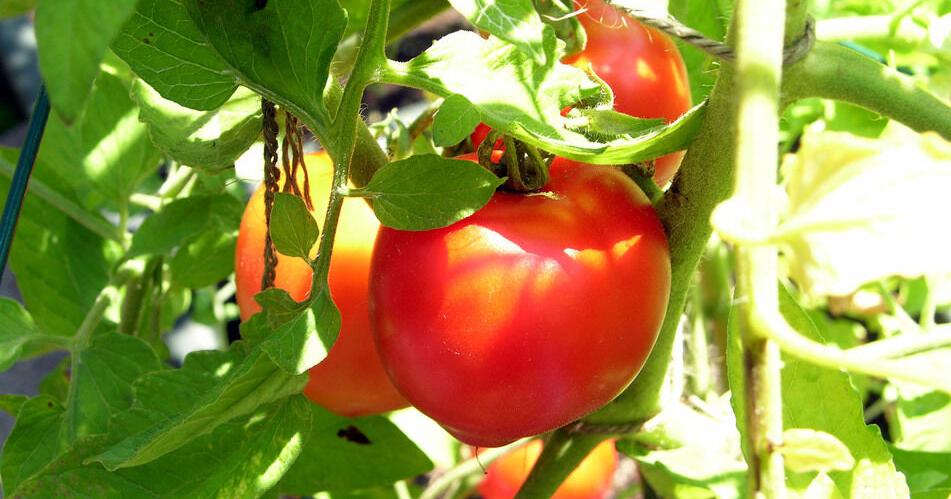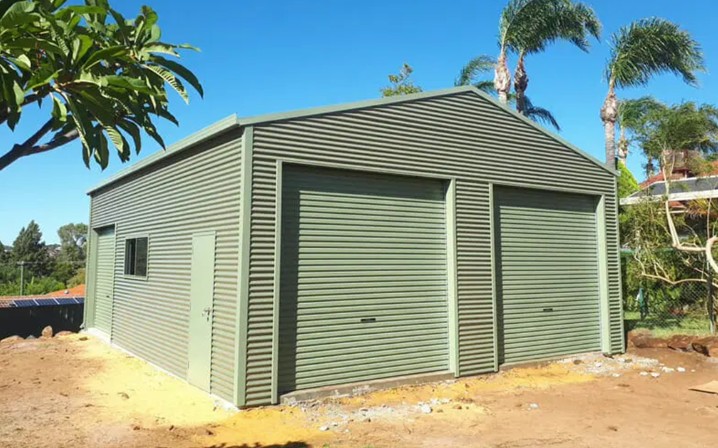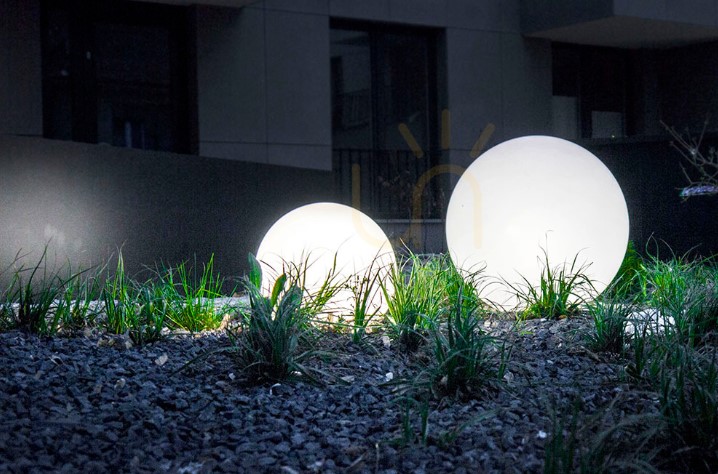For the best home-grown tomatoes, Dan Gill explains what, how and when to plant | Home/Garden

We can plant a wide variety of vegetables in the home garden this time of the year, but tomatoes are the most popular. If you want to grow fresh, flavorful, vine-ripened tomatoes, now through mid-April is the best time to plant transplants.
When selecting the type of tomato to grow, choose those with the characteristics you want, such as flavor, use, fruit size, shape and color. Fruit can weigh several pounds, as in beefsteak types, or be small, as in cherry types, and there is everything in between.
In our climate, disease resistance is important. On the tag that comes with the plant, look for letters after the variety name of a tomato plant. They indicate resistance to various disease problems:
- N — nematodes
- F — Fusarium wilt
- A — Alternaria
- S — gray leaf spot
- TSW — tomato spotted wilt virus
The more letters after the name, the better, as this indicates resistance to a larger number of diseases.

When selecting the type of tomato to grow, choose those with the characteristics you want, such as flavor, use, fruit size, shape and color. Fruits can weight several pounds, as in beefsteak types, or be small, as in cherry types, and there is everything in between.
Tomatoes also come in two growth habits.
1. Determinant, or bush types, stay short.
2. Indeterminate, or vine types, grow tall.
Determinate types are a little easier to grow because the plants require less training. They produce their fruit over a shorter period.
Indeterminate tomato plants grow larger and require more management (they must be trained on stakes and desuckered), but they have the potential to produce more fruit over a longer period.
Any tomato variety has the potential to produce tomatoes here, and you can try any variety that interests you. However, varieties that have performed well in LSU AgCenter trials should make up most of your planting. Here are the tomato varieties recommended by the LSU AgCenter:

Tomatoes for sale during the 35th annual Creole Tomato Festival in New Orleans last year.
Determinate varieties: Standard: Amelia, BHN 640, Carolina Gold, Celebrity, Floramerica, Floralina, Mountain Delight, Mountain Fresh, Mountain Spring, Sun Start; Heat Tolerant (these can be planted as late as May): Bella Rosa, Tribeca, Tribute, Floralina, Heatwave II, Florida 91, Phoenix, Solar Fire, Sunbeam, Sunchaser, Sunleaper, Sunmaster; Cherry: Mountain Belle, Cherry Grande
Indeterminate varieties: Standard: Better Boy, Big Beef, Jet Star, Terrific; Heirloom: Mortgage Lifter, Thessaloniki (top producer), Persimmon, Red Brandywine; Cherry: Jolly, Sun Gold, Sweet Million; Grape: Cupid, Juliet, Sugary
In addition to growing in the ground or raised beds, you can also successfully grow tomatoes in 5-gallon containers filled with potting soil. According to an LSU AgCenter trial of container-grown varieties, Patio Princess is an excellent choice. But you can give any determinate tomatoes a try in containers.
Start off with high-quality transplants. The ideal transplant is a stocky, smallish plant (about as wide as it is tall) that is growing actively and has not begun to bloom.

The Creole Tomato Festival in the French Market in 2017 brought out a variety of produce from area farms.
The leaves should be deep green, and the stem should be stocky and support the plant strongly. The roots should be white and healthy when you remove the plant from the pot.
Tips on planting
Select a spot to plant your tomato plants that will receive full sun (direct sun for eight or more hours). Production will be lower with less light. Tomato plants prefer a fertile, well-drained soil that has high organic matter content.
During bed preparation, dig in a 3- or 4-inch layer of compost or rotted manure and some general purpose fertilizer following label directions. Don’t overdo the fertilizer at first — you can always apply more later.
Plant tomatoes in raised beds or on raised rows in the garden. A common mistake is to plant the small transplants too close, not taking into account how large the plants eventually will grow. Tomatoes grow best when spaced at least 18 to 24 inches apart.
You may plant transplants 1 or 2 inches deeper than they were growing in their containers, as the buried stem will form roots. Leggy plants may be planted on their sides with the top, leafy portion bent upward, and the bare stem laid into a shallow trench and covered. Do not remove healthy, green leaves to bury the stem deeper as this may stunt the plant.
Garden columnist Dan Gill answers readers’ questions each week. To send a question, email Gill at [email protected].
At planting, each tomato plant should receive about one cup of soluble fertilizer to get it off to a good start. Water regularly until the root system is well established, and don’t forget to keep your plants mulched with 2 to 3 inches of leaves, pine straw or other materials.
Tomatoes are generally trained to grow upright by tying them to stakes. Stake plants as soon as they produce their first flower cluster, placing the stake on the opposite side of the stem from where the flower cluster appears. Tie the stems to the stake at regular intervals using strips of soft cloth.
Indeterminate varieties are pruned to one or two main stems by pinching off the suckers — side shoots that grow where a leaf attaches to the main stem. To train a plant to two main stems, allow the first vigorous sucker produced to grow and then remove suckers from both main stems as they grow.
Indeterminate tomatoes can also be grown in large cages (at least 4 feet tall). When grown in a cage, they are not desuckered.
Determinate tomatoes may be grown on stakes or in a commercial tomato cage and are not desuckered grown either way.
When the first tomatoes set have reached the size of a quarter, sidedress your plants. Sprinkle one tablespoon of general-purpose fertilizer or a teaspoon of ammonium sulfate under each plant to keep them growing vigorously and repeat every four weeks.
A common mistake that gardeners make is waiting too late to plant their tomato transplants. Get your tomato transplants planted now through early to mid-April for best results. Boy, I can almost taste those vine-ripened tomatoes now.
Lawns are just waking up this time of the year. While they’re showing signs of becoming active, it’s a good time to consider strategies that w…
Garden columnist Dan Gill answers readers’ questions each week. To send a question, email Gill at [email protected].






